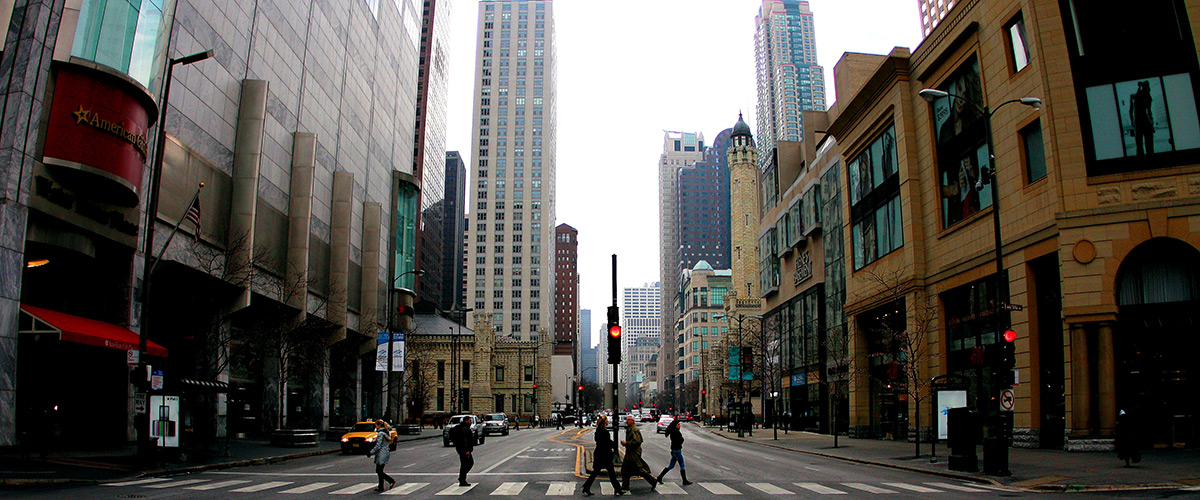Data Analysis Incarceration Trends Racial and Ethnic Disparities July 14, 2015
It’s summer in Chicago, and crime rates tend to rise with the heat. That is likely to mean one thing—we’ll soon be consumed with headlines of senseless gun violence within Chicago’s distressed communities.
You would think that Cook County Jail—which I oversee as Sheriff—would be bursting at the seams with the perpetrators of these violent crimes, who destroy neighborhoods and lives. And yes, all of these violent criminals do end up held in our jail, usually as a pit stop on their way to a lengthy state prison sentence. However, these people are the exceptions among the inmate population here.
One of our inmates named JM—I’m using her initials to protect her identity—is closer to the rule. She has been held in Cook County Jail for over 200 days on a bond of $10,000 that she cannot afford to pay. Her crime? She allegedly pulled a false fire alarm, which in Illinois is a Class 4 felony. At a rate of $143 a day, it has cost Cook County taxpayers well in excess of $29,000 to hold JM—likely significantly more due to the fact that we are also treating her for a serious mental illness.
There’s also WB. He allegedly stole a couple bottles of liquor from a convenience store and is being held on a $50,000 bond. WB, who is also suffering from mental illness and substance abuse issues, has no history of violence. In fact, his previous crimes have all been for petty theft or drug possession. Yet he’s been held for over 220 days at a cost of $31,460.
JM and WB fit the more common profile of inmates in my jail due to the fact that—as the Vera Institute of Justice has demonstrated in great detail in their recent report—American jails are being fundamentally misused. Cook County Jail is supposed to be reserved for Chicago’s most violent criminals—those who present such dangers to society that they cannot be trusted to fight their cases from home—or those that are at risk of fleeing before trial. Instead, America’s largest jail has turned into a warehouse for the poor and mentally ill. The majority of our inmates are held not because they are dangerous or accused of some abhorrent crime, but rather because they simply cannot afford the cash bond that has been set for them.
There is significant power of discretion to change the system held by the various criminal justice stakeholders acting in it. Police have discretion on whether to arrest, prosecutors have discretion on whether to charge, and judges have discretion on what bond to set. But jail administrators alone have little discretion. We do not control who comes into our custody, and we cannot say “no” when people like JM and WB are sent our way for indeterminate amounts of time.
There has been significant focus recently on finally addressing “mass incarceration.” That’s great progress on a timely issue. But we should extend the focus beyond the sheer numbers of incarcerated people. I urge everyone who cares about criminal justice reform to extend your purview to unjust local incarceration by focusing more on these individual cases and why they ended up in jail in the first place. In a system where public defenders are forced to maintain dozens of cases simultaneously and inmates can sometimes wait seven to eight years for their cases to go to trial, some critical thought and individual attention can go a long way and keep nonviolent individuals from falling through the cracks.
By getting jails back to their original purpose, we can keep the bad guys locked up while still moving towards a smarter and fairer criminal justice system.


